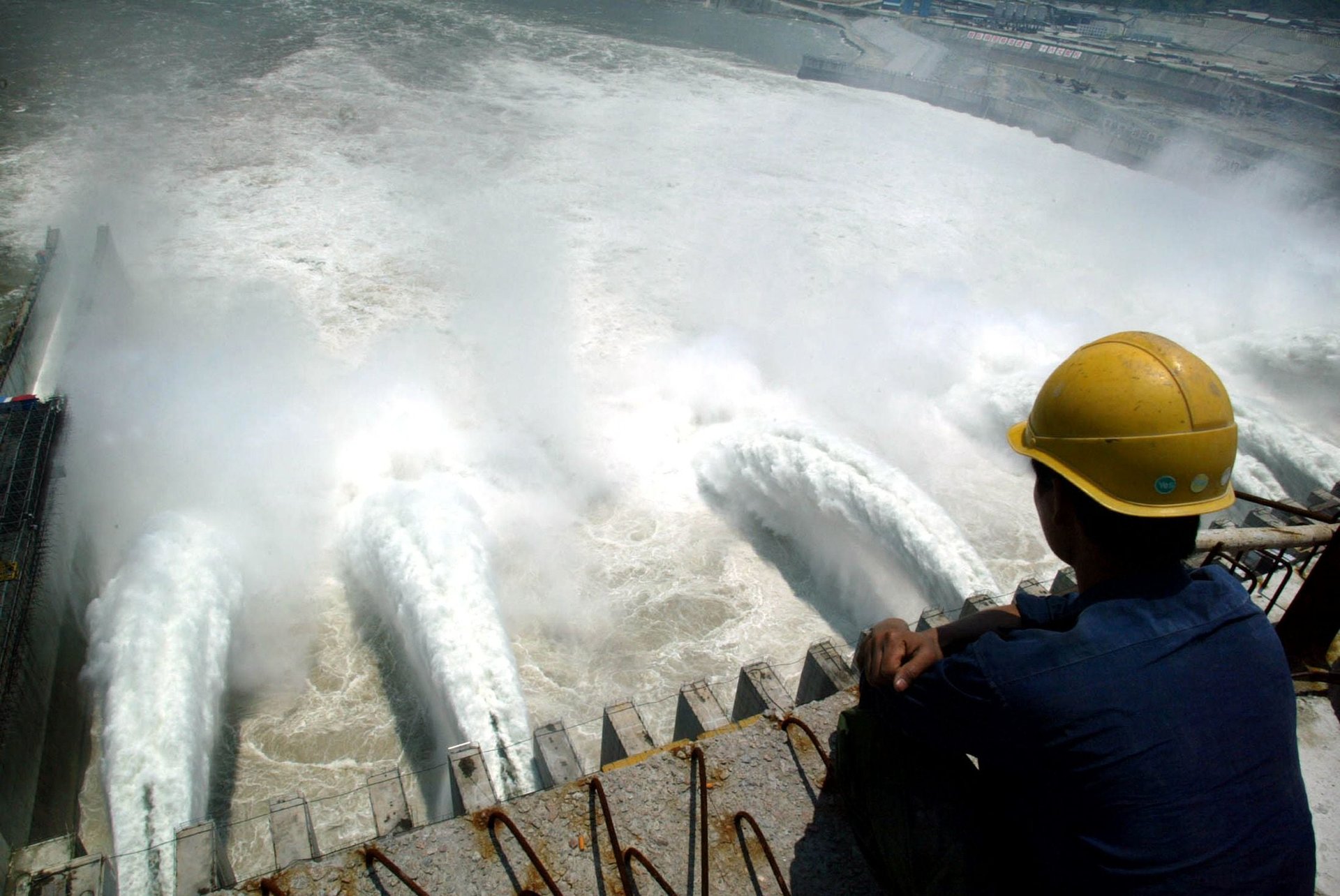China is being forced to choose between air pollution and deadly earthquakes
An engineer in China’s Sichuan provincial government has uncovered data with deep environmental implications for the country.


An engineer in China’s Sichuan provincial government has uncovered data with deep environmental implications for the country.
There has long been speculation that some of China’s deadly earthquakes were caused by nearby dams and filling of reservoirs. If the findings of Fan Xiao, an engineer at the Sichuan Bureau of Geology and Mineral Resources, are accurate, they raise a serious question: Should China’s government stop operating its dams to reduce life-threatening quakes, even if it requires losing an important clean energy source?
China, the world’s leading carbon emitter, produced 9.9 billion tons, or 29% of the world’s (pdf) CO2 emissions, in 2012 (the US came in second at 15%, producing 5.2 tons). A small step to reduce pollutive coal production—which makes up 70% of China’s energy—has been increasing the use of hydropower, now the country’s largest source of renewable energy. The Chinese government and companies have pledged to invest $275 billion in pollution abatement by 2015.
But now Fan, who analyzed publicly available crude seismic data, has found a rough correlation between the filling of reservoirs used to generate hydropower and seismic activity in the surrounding area, which bolsters existing research. Some of the recent quakes in question:
- Ludian County earthquake (Aug. 3, 2014): There’s great speculation as to whether this earthquake, which killed nearly 600 people, was linked to two nearby dams, Xiangjiaba and Xiluodu. Some researchers think the dams couldn’t have caused the quake because water—which can induce quakes—wouldn’t have been able to reach the initial 12km rupture; however, others said that the sheer weight of the reservoir could rupture the critically stressed fault.
- Sichuan and Yongshan County earthquakes (April 20 and Aug. 30, 2013): Caused by faults directly below the Xiluodu reservoir, these quakes are most likely to have erupted due to Xiluodu, according to geologists.
- Sichuan earthquake (May 12, 2008): With a death toll of around 70,000 people, geologists debate whether it was linked to the filling of the Zipingpu reservoir in Sichuan province. Some researchers think that the reservoir partially triggered the quake; others said it expedited the earthquake’s coming.
- Hubei province earthquakes (2003-2009): Areas near Hubei’s Three Gorges Dam, the world’s largest hydropower project placed on the Yangtze River, saw 3,400 earthquakes registered during this period.
Dams and reservoirs pose other environmental problems: Organisms that once lived on dry ground and now inhabit reservoirs release methane gas when they decompose. Large-scale dams can exacerbate droughts downstream. All the more reason why China’s plan to build 60 hydropower dams by 2015, most of which will likely be along fault lines, is cause for concern.